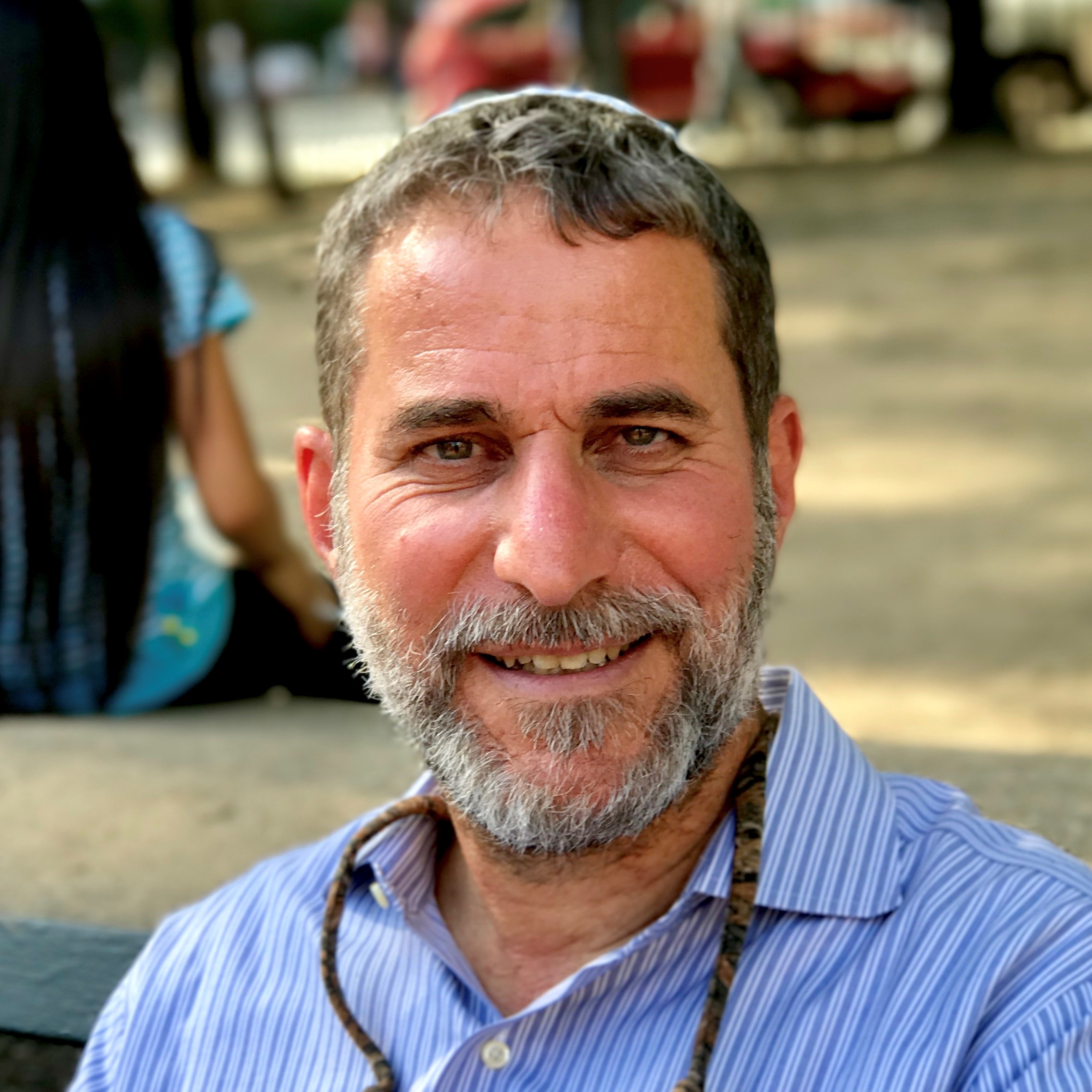Beit Midrash
- Torah Portion and Tanach
- Vayikra
- Tazria
The task entrusted to the kohein was to somehow assess the damage if any done to the soul. He had the expertise to be able to do so simply by examining the physical body of the person. It was one of the gifts of the kohein that he possessed such an ability to discern spiritual damage from viewing external symptoms. Apparently a holy person is able to do so. Legend has it that the famed ARI (Rabbi Isaac Luria of sixteenth century Safed) was able to tell a person what one’s sins and spiritual defects were simply by looking at the person’s face. Legend also tells us that because of this power of his people rarely visited or conversed with him. We are reticent to know the real truth about ourselves and the state of our souls. In Biblical times the Lord, so to speak, forced us by physical symptoms to come to the kohein and confront our true spiritual state. This was a blessing, albeit in disguise, for it allowed for the necessary diagnosis that could eventually lead to spiritual repair, improvement and advancement. This is the supreme task of the kohein in helping others achieve their betterment. It was therefore a spiritual experience of advancement for the kohein as well for helping others always helps to cleanse one’s soul and advance one’s spirit.






















